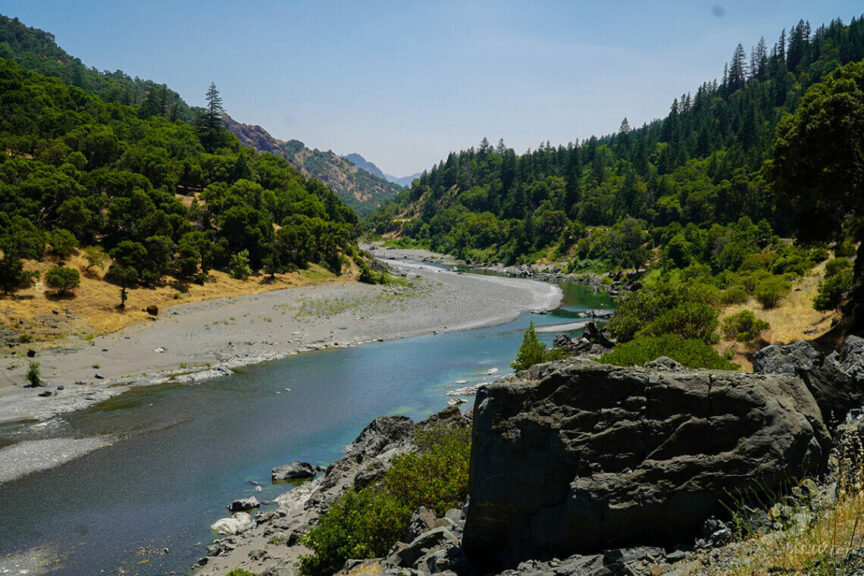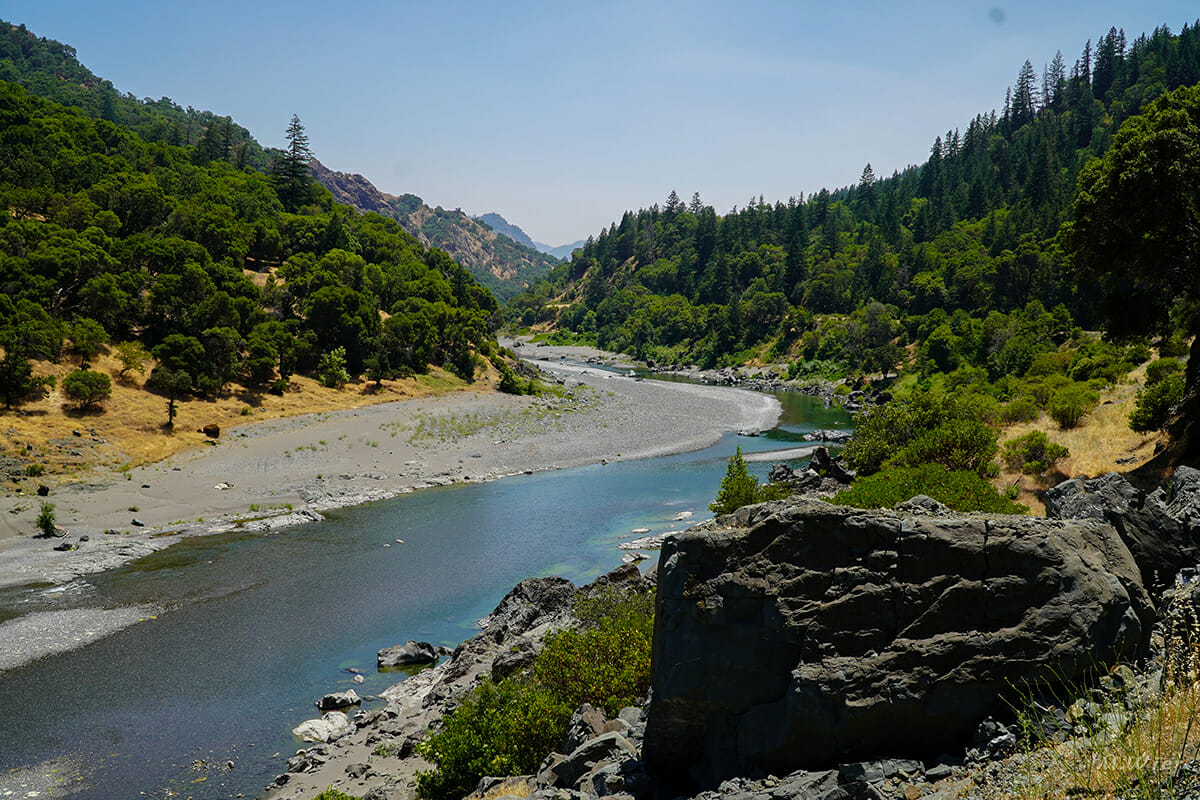
California’s Eel River, historically, was one of the most productive steelhead streams in the West. While the Eel remains a good wild steelhead fishery (one of the few left in California), its steelhead runs – along with those of Chinook and coho that are also native to this river – have been drastically reduced over the past sixty years. Legacy impacts of timber harvest, illegal cannabis cultivation, drought, excessive diversions, a massive flood, and especially Scott Dam, which completely blocks fish passage to hundreds of miles of good spawning and rearing habitat — all have played a role. Trout Unlimited and Wild Steelheaders United have been working on multiple fronts to restore habitat, fish passage and water quality, to boost monitoring of steelhead population numbers, and to take out the Scott and Van Arsdale dams.
The time is ripe to “free the Eel.” Read on to learn how Wild Steelheaders and TU are going to court to protect the Eel’s wild steelhead and otherwise doubling-down on our Eel River advocacy and restoration.
TU and partners sue to protect endangered salmon and steelhead until two California dams are decommissioned
The Eel River is the last, best hope for recovery of wild salmon and steelhead in California. But two old, fish-killing dams on the Eel block access to over 200 miles of high-quality spawning and nursery habitat in the headwaters and, are a major factor in the decline of anadromous fishes in California’s third largest watershed.
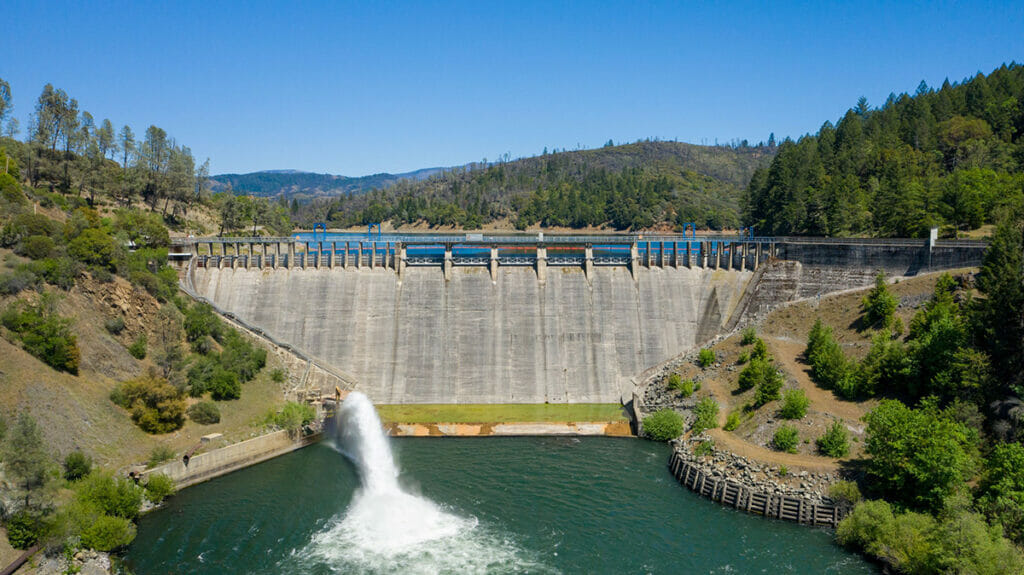
Above: Scott Dam. Photo by Kyle Schwartz, CalTrout
Trout Unlimited is committed to “freeing the Eel,” in the words of Charlie Schneider, former president of TU’s Redwood Empire Chapter and now TU’s North Coast Steelhead Coordinator. TU is working in partnership with Friends of the Eel River, California Trout, the Pacific Coast Federation of Fishermen’s Associations, and the Institute for Fisheries Resources to recover the Eel’s legendary salmon and steelhead runs.
Recently, this partnership determined it was necessary to do something TU rarely does: file a lawsuit. In this case, the complaint is against the Federal Energy Regulatory Commission (FERC).
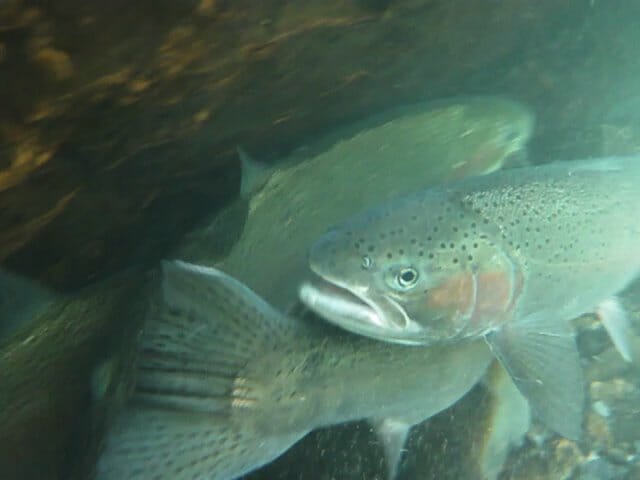
Here’s why: in April of this year, the operating license for the Potter Valley Project—two dams, a diversion tunnel and a powerhouse—expired. PG&E, the project’s owner, informed FERC that the utility doesn’t want the facilities anymore.
PG&E eventually must decommission most or all the infrastructure. Until they do, the project continues to decimate anadromous fish populations — and PG&E wants to take two and a half years to decide what to do, and make no changes in its operations to better protect salmon and steelhead in the meantime.
“This is the Eel River dams problem in a nutshell,” Schneider says. “The dams are obsolete, lose money and block fish access to some of the most important habitat in the basin. PG&E wants to be rid of the project, but isn’t moving as quickly as they could to get those dams out of the river. In the meantime, dam operations are killing listed fish and PG&E is doing as little as possible to fix that.”
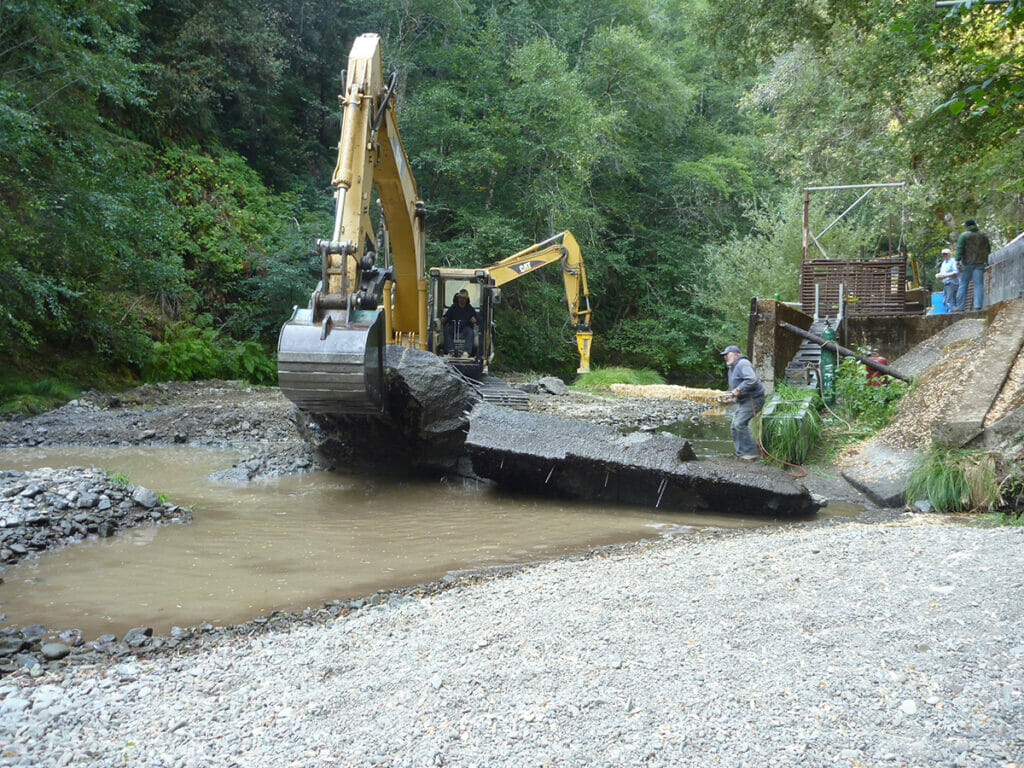
NOAA Fisheries, the federal agency responsible for protecting salmon and steelhead, informed PG&E and FERC earlier this year that the project is now causing unacceptable levels of harm to fish species listed under the Endangered Species Act, and that the utility must adjust operations to comply with the agency’s permit for “take,”—harming or killing listed species.
NOAA Fisheries asked FERC to modify the operating license for the Potter Valley Project to protect declining fish populations, and to consult with NOAA on the best way to do that.
“This litigation is the first step in making sure FERC and PG&E protect Eel River salmon and steelhead while working toward dam removal,” said Alicia Hamann, executive director of Friends of the Eel River. “PG&E operates the fish-killing project, but FERC can change the terms of PG&E’s license to ensure that legally protected salmon and steelhead survive. NOAA Fisheries has made clear that, as currently operated, the dams are killing and harming far more fish than anybody thought when the current license terms were developed 20 years ago.”
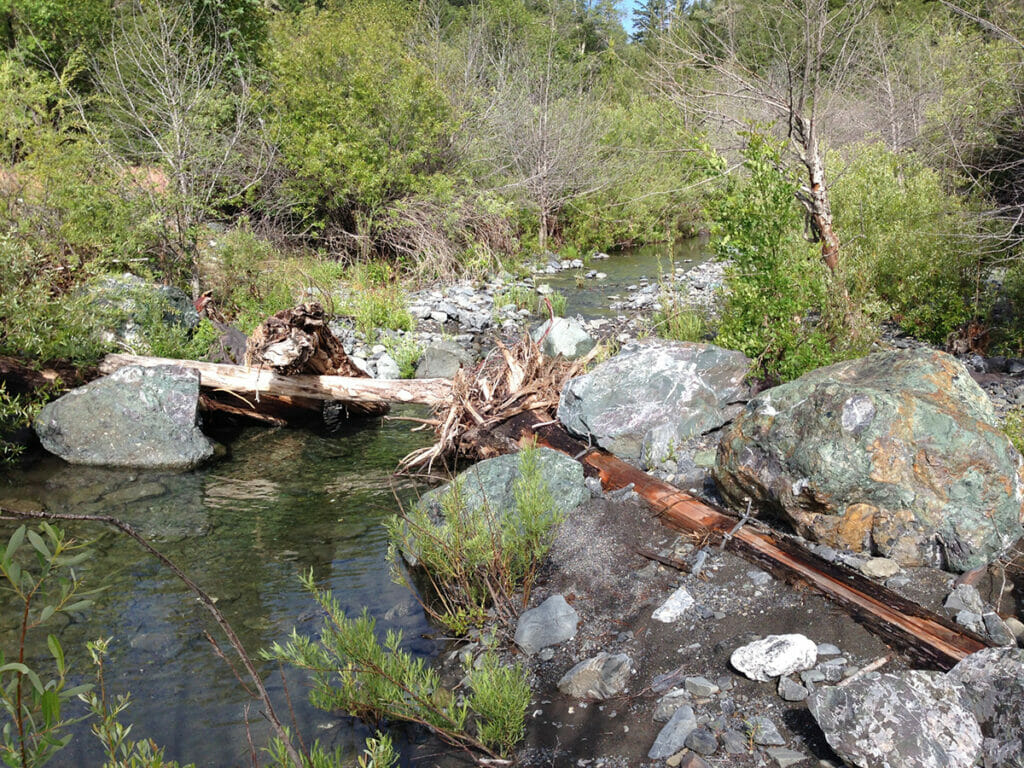
After negotiations with PG&E went nowhere, TU and our Eel River partners filed a formal complaint against FERC for issuing PG&E an annual license to continue operating the Potter Valley Project without imposing new terms that would protect salmon and steelhead.
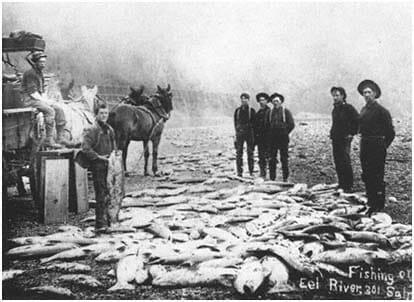
Schneider says, “The Eel offers one of the best opportunities for wild salmon recovery in California, thanks to intact habitat above the dams and the improvements in habitat quality and connectivity TU and our restoration partners have done throughout the watershed. Dam removal is the single biggest action we can take to help recover the Eel and rebuild its legendary salmon and steelhead fisheries.”
Given the precarious state of California’s native salmon and steelhead, and the high potential for their recovery in the Eel, the status quo won’t cut it.
PG&E must act immediately to eliminate the Potter Valley Project’s harm to the Eel’s native fish.
Learn more about TU’s work to restore the Eel River. TU’s perspective was covered recently in reports by several media outlets. Read them here, here, and here.


